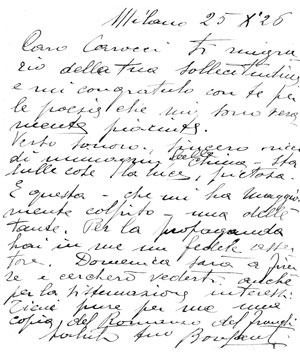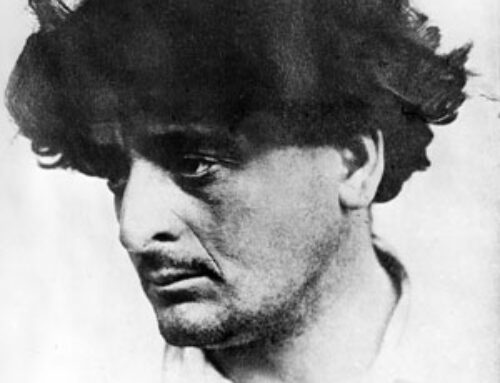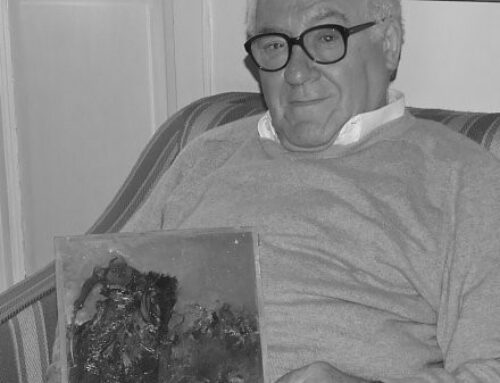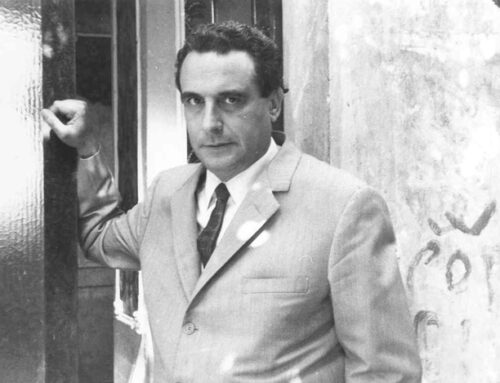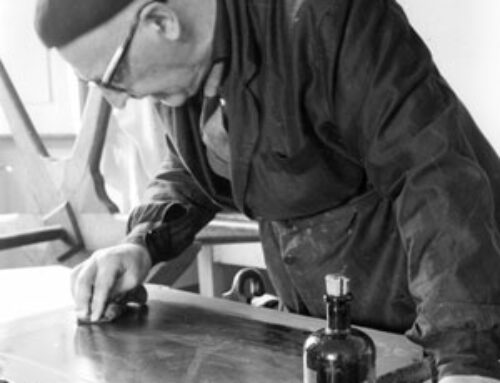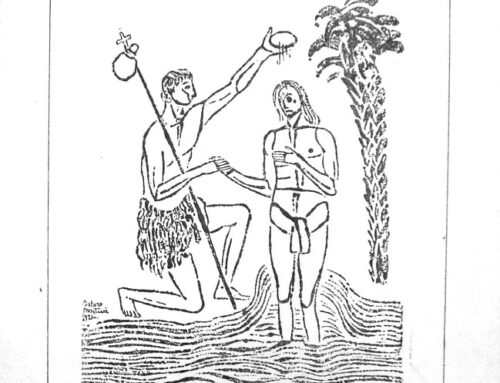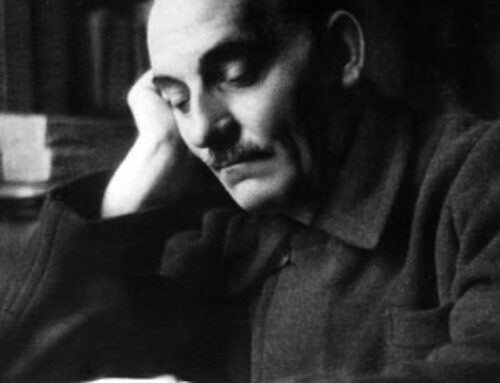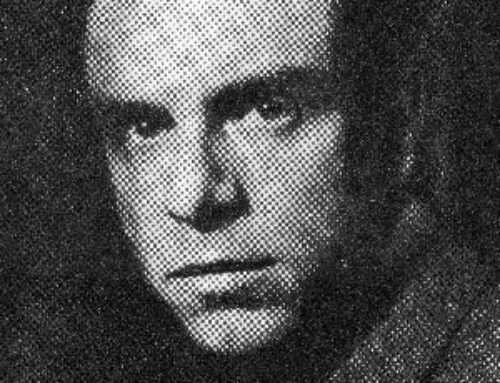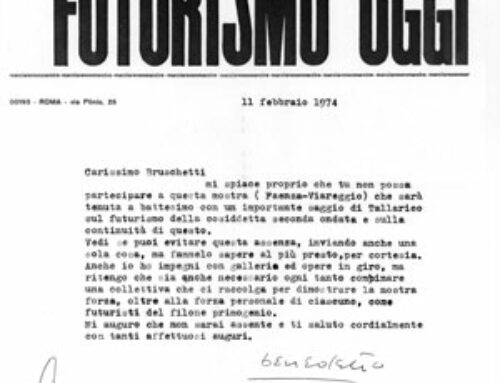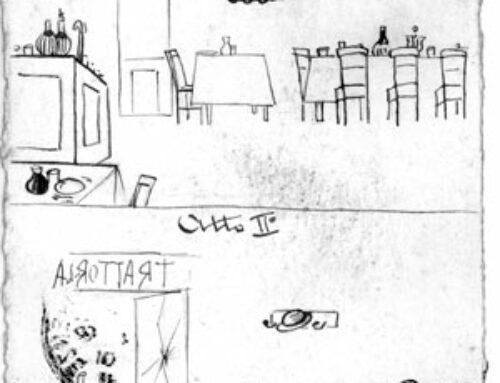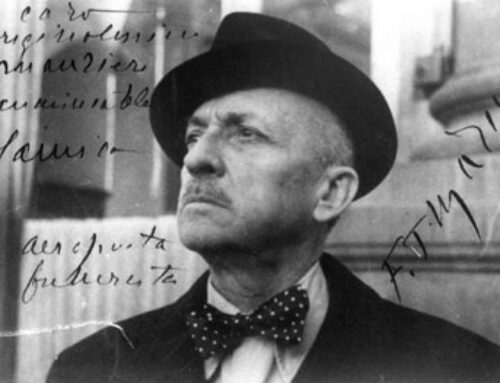(Florence, 1904 – Rome, 1972), writer and cultural organizer, founded in 1926 “Solaria,” a “monthly magazine of art and ideas about art” that immediately made its mark on the Italian cultural scene for its openness to European literary voices (Proust, Joyce, Gide, Valèry), its foresight toward authors who were newcomers but destined for a great future (Gadda, Vittorini, Quarantotti Gambini, Bonsanti, Loria), and its critical re-evaluation of authors such as Tozzi and Saba. In the pages of the magazine and in the editions that bear its name, Carocci published his first literary trials, “Narcissus” (1926) and “Paradise Lost” (1929). In 1936 “Solaria” ended its season and Carocci, with Gino Ca’Zorzi, founded “La riforma letteraria,” which, however, was short-lived, ending in July 1938. In 1941, with Gino Ramat, Carocci founded a new periodical “Argomenti,” with a clear anti-fascist character, an element that would mark its end after only nine issues. In 1942 he moved to Rome where his opposition to fascism became active resistance through collaboration with the Action Party organ “Free Italy.” After the liberation, Carocci thought of a new periodical, a “magazine of ideas” and literature that would be born in 1953, with the contribution of Moravia, and that already from its title, “New Topics,” proposed itself as an ideal continuation of the one that had preceded it. He became involved in active politics and in 1963 was elected as an MP. Stricken with a serious illness, he spent the last years of his life in absolute immobility. In 1969, after a publishing affair of more than 30 years, his only novel “A Dance at the Angrisoni’s” was released to general indifference.
The Alberto Carocci Fund is divided into the following sections: Correspondence, which constitutes almost all of the material in the fund, collecting the approximately 5.000 items, including letters, postcards, cards, and telegrams, sent to Carocci by such leading figures of twentieth-century Italian culture as Bacchelli, Baldini, Bemporad, Benco, Bompiani, Bonsanti, Borgese, Bottai, Calamandrei, Colacicchi, Comisso, Contini, De Benedetti, Einaudi, Evola, Ferrata, Ferrero, Franchi, Gadda, Grande, Gromo, Guarnieri, Lanza, Loria, Montale, Moravia, Morovich, Noventa (Gino Ca’Zorzi), Pavese, Pavolini, Prezzolini, Quarantotto Gambini, Raimondi, Saba, Silipo, Solmi, Stuparich, Tecchi, Terracini, to name a few; this section also contains the mostly typewritten minute letters that Carocci has diligently preserved and which enable the reconstruction of entire correspondence such as, for example, that with De Benedetti, Einaudi, Ferrara, Ferrero, Gadda, Morovich, Noventa, Tecchi, Pavese, Tecchi, and Terracini; Manuscripts, which preserves projects and scattered pages traceable to Carocci’s literary production, and the unpublished typescript “Sergio Donati.” Miscellaneous, in which administrative material pertaining to the management of the journals founded by Carocci, mostly referable to “Solaria,” and that relating to his profession as a lawyer converged; Periodicals, with the 1926-1933 issues of “Solaria” bound in eight volumes.

